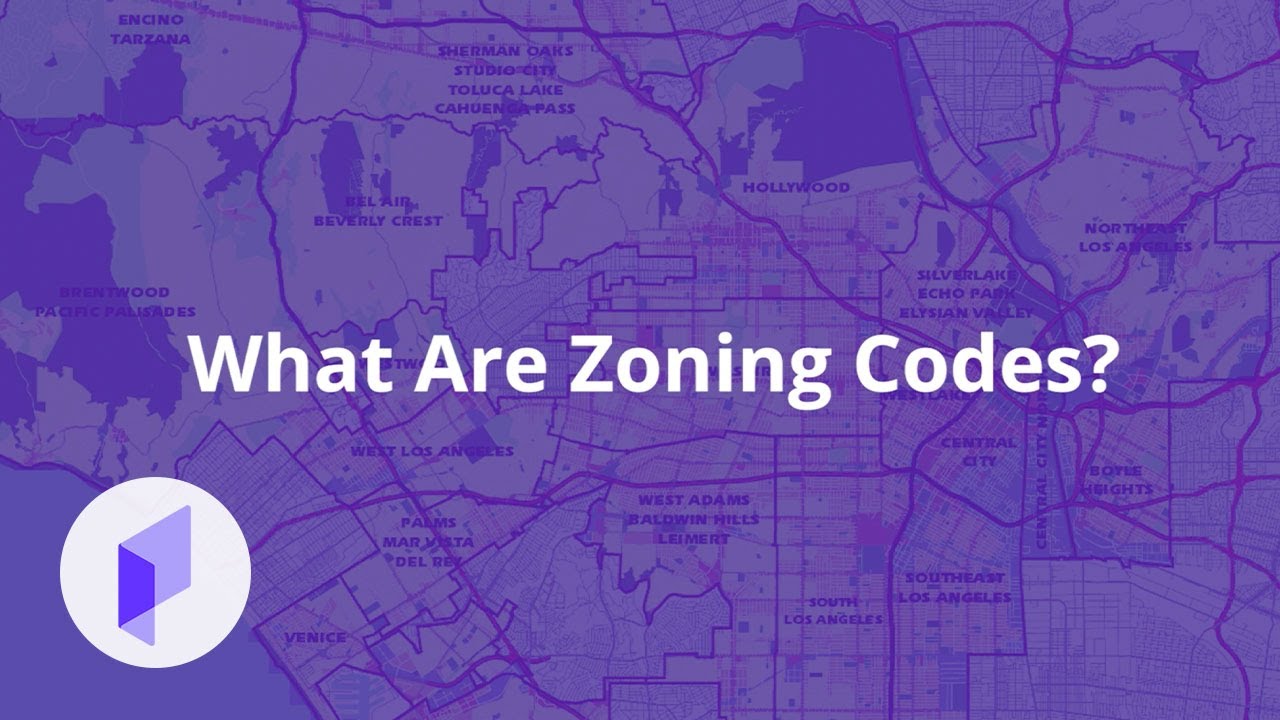The Impact Of Zoning Laws And Building Codes On Architecture - Balancing Safety And Creativity
Zoning laws and building codes play a significant role in shaping the architecture of a city or town. These laws and codes set the standards for the construction, use, and development of buildings and properties, and they can greatly influence the look and feel of a place. In this article, we will explore the impact of zoning laws and building codes on architecture, and how these regulations can both support and hinder the creativity and innovation of architects and developers.
Author:George EvansMar 03, 2023630 Shares125.9K Views

Zoning laws and building codes play a significant role in shaping the architecture of a city or town. These laws and codes set the standards for the construction, use, and development of buildings and properties, and they can greatly influence the look and feel of a place.
In this article, we will explore the impact of zoning laws and building codes on architecture, and how these regulations can both support and hinder the creativity and innovation of architects and developers.
The Importance Of Zoning Laws And Building Codes
Zoning laws and building codes are essential for ensuring public safety, health, and welfare. They set minimum standards for construction, such as fire safety, egress, and accessibility requirements, to ensure that buildings are safe and habitable.
They also regulate the use of land and buildings, such as specifying which areas can be used for commercial or residential purposes, to maintain a balanced and sustainable community.
Balancing Creativity And Constraints In Architecture
While zoning laws and building codes can help to ensure public safety and promote responsible development, they can also limit the creativity and innovation of architects and developers.
For example, strict building codes may dictate the materials, colors, and shapes that can be used in a building's design, making it more challenging for architects to express their unique vision.
Additionally, zoning laws may restrict the height or size of a building, limiting the potential for architects to create structures that make a statement.
The Impact Of Zoning Laws And Building Codes On Architecture On Affordable Housing
One of the most significant impacts of zoning laws and building codes on architecture is their effect on affordable housing. Zoning laws often dictate the types of buildings that can be constructed in a given area, and the cost of complying with building codes can be significant.
This can make it challenging for developers to build affordable housing, as the cost of construction is passed on to renters or buyers.
Additionally, zoning laws may restrict the density of buildings in certain areas, making it difficult for developers to build multi-family housing, which is typically more affordable than single-family homes.
This can lead to a shortage of affordable housing and can make it difficult for low-income families to find safe and affordable places to live.
The Relationship Between Zoning Laws And Building Codes And Sustainability
Another impact of zoning laws and building codes on architecture is their relationship to sustainability.
Building codes often set minimum standards for energy efficiency and water conservation, encouraging architects and developers to design environmentally friendly buildings.
Zoning laws can also promote sustainability by regulating the types of development that can occur in certain areas, such as promoting infill development in urban areas, rather than sprawl.
However, zoning laws and building codes can also limit the potential for sustainable architecture, as strict codes and regulations can make it difficult for architects and developers to incorporate innovative technologies and materials into their designs.
Additionally, zoning laws that restrict the density of buildings can encourage sprawl and make it challenging to promote sustainable modes of transportation, such as public transit or biking, which can have negative impacts on the environment and community.
The Importance Of Flexibility In Zoning Laws And Building Codes
For zoning laws and building codes to have a positive impact on architecture, they need to be flexible and adaptable. This means that they should allow for some level of creativity and innovation in building design, while still maintaining public safety and promoting responsible development.
One way to achieve this balance is through the use of incentives and bonuses, such as allowing for additional height or density in exchange for incorporating sustainable features or affordable housing into the building design.
This can help to encourage architects and developers to think creatively and design buildings that are both safe and environmentally friendly, while still allowing for some degree of design freedom.

What Are Zoning Codes?
The Role Of Architects And Developers In Shaping Zoning Laws And Building Codes
Architects and developers play a critical role in shaping zoning laws and building codes, as they can influence the regulations that govern building design and construction.
By advocating for more flexible and adaptive regulations, architects and developers can help to promote innovation and creativity in building design, while still ensuring public safety and promoting sustainable development.
Additionally, architects and developers can work with communities and local governments to educate them about the benefits of flexible and adaptive zoning laws and building codes, and help to build support for changes that promote sustainable and innovative architecture.
People Also Ask
How Do Zoning Laws And Building Codes Impact The Cost Of Construction?
Zoning laws and building codes can impact the cost of construction in several ways, such as requiring specific materials, design features, and safety measures, which can increase costs. However, the regulations can also encourage sustainability and safety, which can lower costs over the long term.
What Is The Relationship Between Zoning Laws And Building Codes And Sustainability?
Zoning laws and building codes can play a significant role in promoting sustainability in architecture, as they can require or incentivize the use of environmentally friendly materials, energy-efficient systems, and green spaces.
How Can Architects And Developers Influence Zoning Laws And Building Codes?
Architects and developers can influence zoning laws and building codes by advocating for more flexible and adaptive regulations, educating communities and local governments about the benefits of sustainable architecture, and working with local officials to shape the regulations that govern building design and construction.
What Is The Importance Of Flexibility In Zoning Laws And Building Codes?
Flexibility in zoning laws and building codes is important because it allows for creativity and innovation in building design, while still ensuring public safety and promoting responsible development. By being flexible, the regulations can encourage architects and developers to think creatively and design buildings that are both safe and environmentally friendly.
Conclusion
In conclusion, the impact of zoning laws and building codes on architecture plays a crucial role in shaping the architecture of a city or town, and they can greatly influence the look and feel of a place.
While they are essential for ensuring public safety and promoting responsible development, they can also limit the creativity and innovation of architects and developers.
The impact of these regulations on architecture can be balanced through flexible and adaptive codes and laws and through the active involvement of architects and developers in shaping the regulations that govern building design and construction.
Jump to
The Importance Of Zoning Laws And Building Codes
Balancing Creativity And Constraints In Architecture
The Impact Of Zoning Laws And Building Codes On Architecture On Affordable Housing
The Relationship Between Zoning Laws And Building Codes And Sustainability
The Importance Of Flexibility In Zoning Laws And Building Codes
The Role Of Architects And Developers In Shaping Zoning Laws And Building Codes
People Also Ask
Conclusion

George Evans
Author
George Anderson, an exceptional architectural designer, envisions and brings to life structures that transcend the realm of imagination. With an unwavering passion for design and an innate eye for detail, George seamlessly blends form and function, creating immersive spaces that inspire awe.
Driven by a deep appreciation for the interplay of space, light, and materials, George's innovative approach redefines the possibilities of architectural design. His visionary compositions leave an indelible mark, evoking a sense of wonder and transforming the built environment.
George Anderson's transformative designs and unwavering dedication continue to shape the architectural landscape, pushing the boundaries of what is possible and inspiring generations to come.
Latest Articles
Popular Articles
